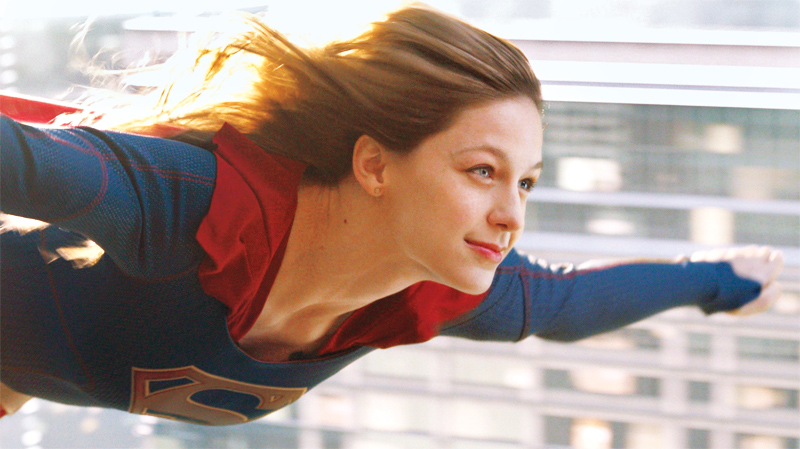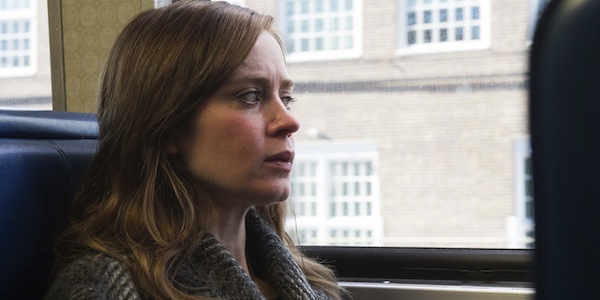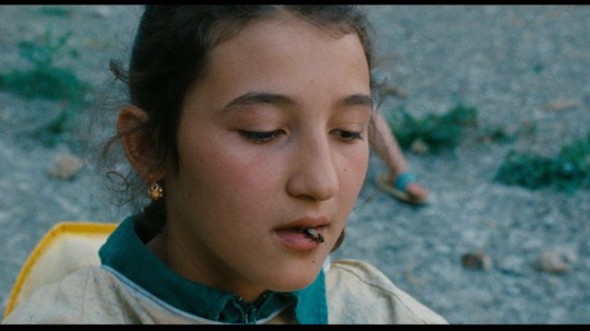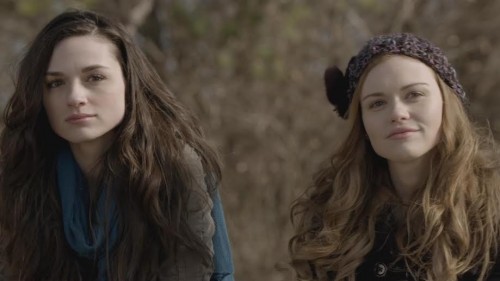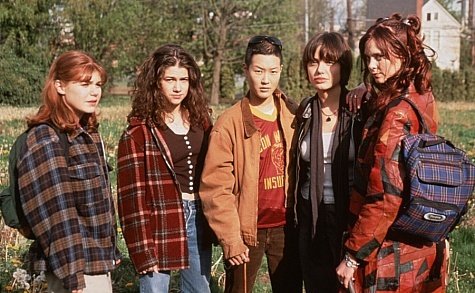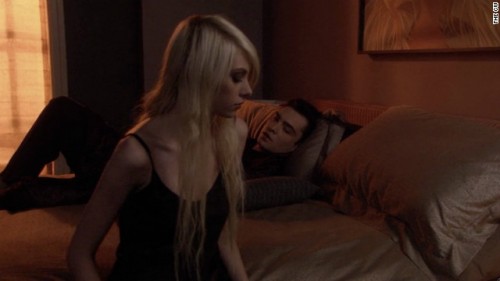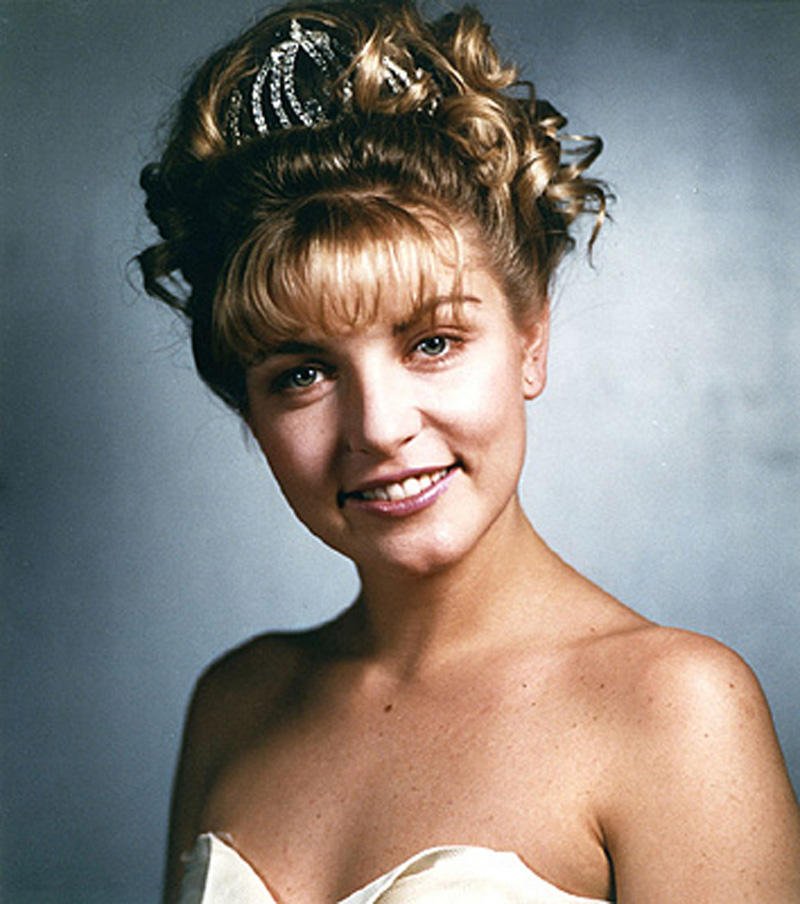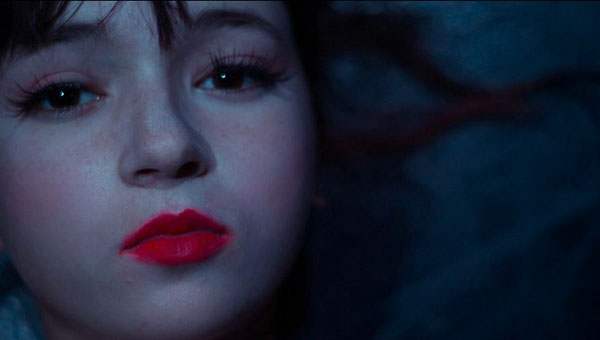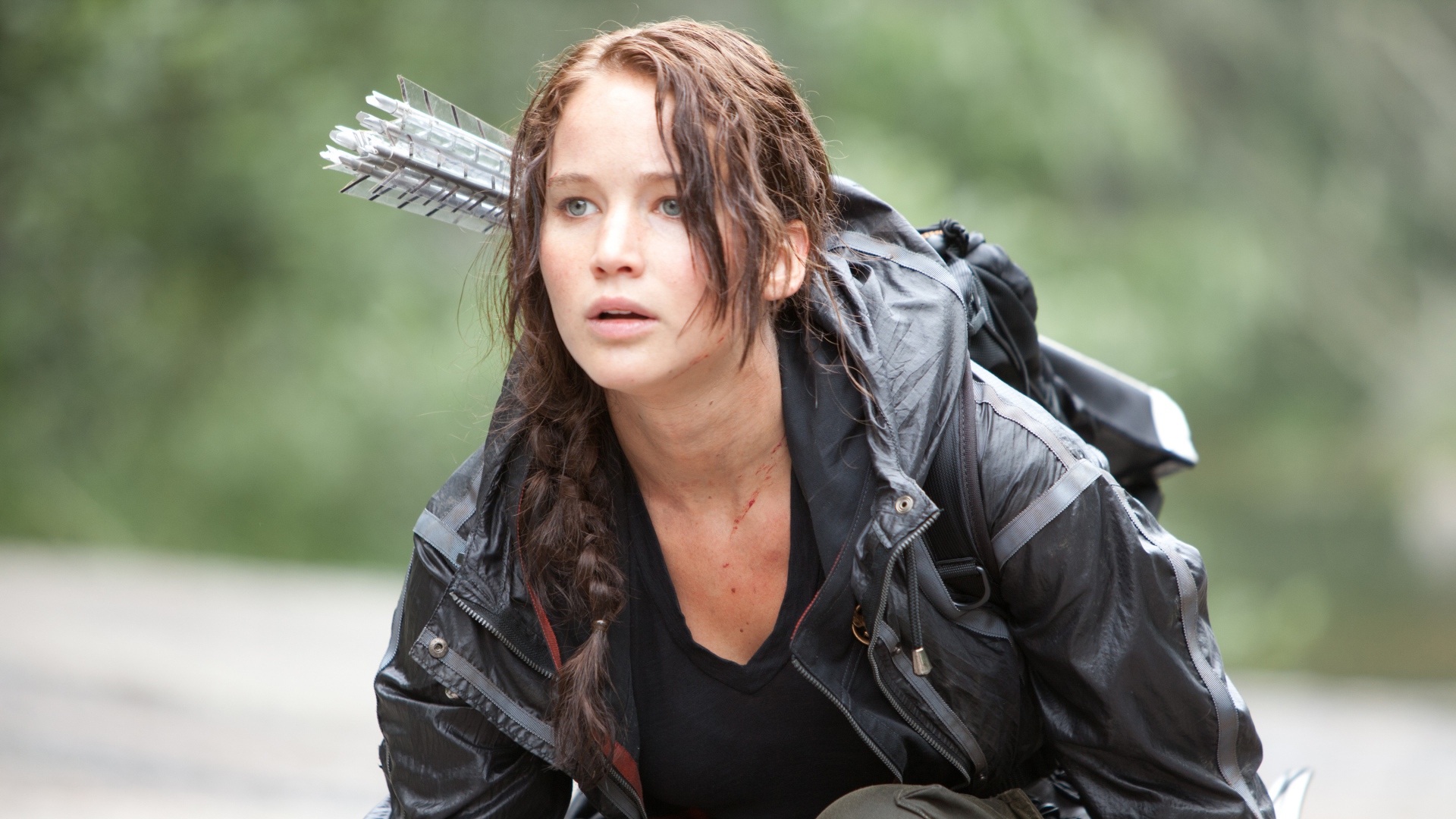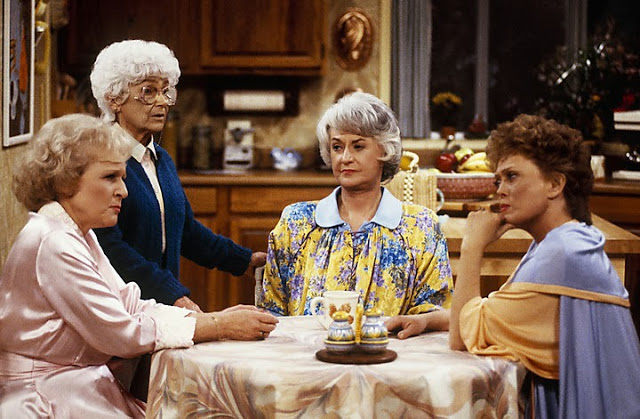‘Supergirl’ and Room for the Non-Brooding Superhero
There is an indisputable charm to Kara’s strong will that can go toe to toe with the might of her fist. Here is a young woman that believes so strongly in her fellow being that she tries talking to many of the baddies of the week rather than immediately resorting to fighting. Her kindhearted and giving spirit is ultimately what sets her apart from the other heroes that have populated television and movies for the last few years…
